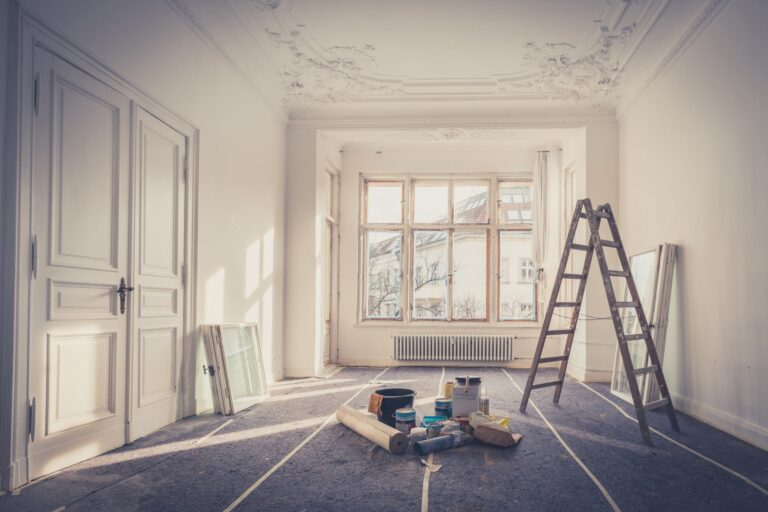New data from SpareRoom has revealed that the average cost of renting out a room has climbed by as much as 45% in some areas.
While most reports at the moment are focusing on how much prices in the private rented sector have increased – denoting whole properties or flats that are let out by private landlords – it seems the rent-a-room sector of the market has also experienced similar price hikes.
Just like in the private rented space, the demand for house shares and flat shares rented out on a per-room basis has climbed dramatically in recent months, and SpareRoom’s latest findings show that this is resulting in a growing number of renters looking to move to some of the more affordable parts of the country.
This includes properties that are classed as HMOs (houses in multiple occupation), which tend to be rented out on separate tenancy agreements to each renter. Any rental property that houses three or more unrelated tenants on separate contracts but with shared facilities, like kitchens and bathrooms, is considered an HMO.
London tops the price list
Landlords or homeowners renting out a room in London will not only bring in the highest rents, but have also seen the biggest spike in profits over the past year, according to SpareRoom. For example, Holland Park’s room rents have risen by 45% over the past 12 months, followed by Mill Hill (up 38%) and Thamesmead (up by 36%).
Now, the average property owner renting out a room in London brings in £989 per room per month, compared to the UK average of £721 per room per month. Regionally across England, room rents rose the most in the north east (17% increase) and the north west (16% increase).
Like in the private rented sector as a whole, this brings rental costs to a record high across much of the UK. For many renters, it has become necessary to seek properties away from the capital, with some relocating to more affordable major cities such as Birmingham, Manchester, Newcastle and Sheffield.
As Matt Hutchinson, SpareRoom director, pointed out, the continuation of rent rises “could see renters being driven even further from the capital, or perhaps leaving London altogether as the pool of affordable accommodation becomes ever smaller.”
Things to consider when renting out a room
Whether you’re a homeowner looking at renting out a room in your house as an extra source of income, or a landlord considering renting out a property on a per-room basis, including but not limited to HMOs, there are several things to consider.
At the moment, resident landlords can make use of the government’s Rent a Room Scheme, which allows you to earn up to £7,500 per year (or half this if you share the income with someone else) tax-free. The new average price of a room rental will fall below this amount, but anything above this is subject to income tax.
Another thing to think about is that landlords who choose to rent out their properties on a per-room basis often advertise each room with bills included. This can make it less complicated and more appealing for the tenant, as they don’t have to arrange bills with potential strangers, but does mean the landlord must arrange all the utilities.
Energy bills have risen drastically over the past couple of years, and tariffs remain high despite the government’s cost cap. Landlords must therefore factor these higher prices in if they are renting out a room with bills included in the price.
Depending on your target tenant, your property type and its location, you may also find that renting out the property as whole, rather than renting out a room per tenant, provides a greater level of stability, as a single household – such as a family or group of friends – is likely to stay there longer than individual tenants.










